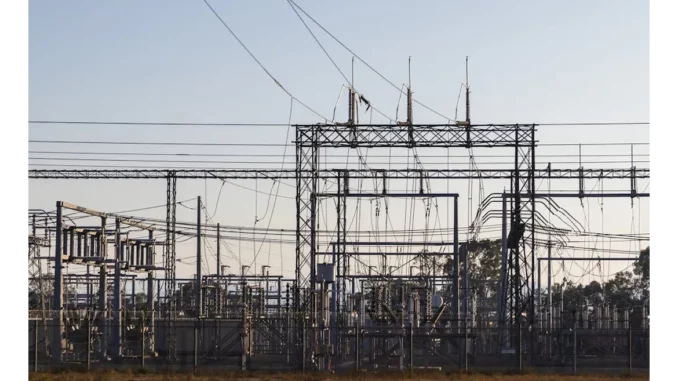
Last week, the council chambers in Runcorn were fraught with tension as councillors deliberated over a highly contentious proposal for a new electricity substation. Despite being labelled a “monstrosity” by some, the plan narrowly received approval. To delve deeper into the local sentiment and the nuances of the decision, I conversed with Sarah Thompson, a long-standing resident and community advocate, who provided valuable insights into this divisive issue.
Focus360 Energy: property compliance services – pre-planning to post-construction. Learn more.
Sarah Thompson has resided in Runcorn for over two decades, during which she has actively engaged in community matters. Her initial reaction to the substation proposal was one of shock and dismay. The proposed site, cherished as green space by the community, is a haven where residents walk their dogs, children play, and people seek solace. The prospect of transforming this tranquil area into an industrial site was met with significant resistance. Councillor Chris Loftus, a vocal opponent, captured the community’s sentiment by describing the substation as a “monstrosity,” a term that resonated deeply with many residents.
During the committee meeting, several key concerns were raised, with the primary issue being the loss of valuable green space. The local plan, which outlines Runcorn’s planning policy until 2037, designates this area for public use, making the proposal feel like a betrayal of that plan. Additionally, there was a palpable sense of injustice, as the community perceived no direct benefit from the substation. The electricity generated would not significantly improve their lives, leading to questions about why they should endure the negative impacts without any compensatory advantages.
Council officers argued that there was sufficient green space in the area to offset the loss, but Sarah Thompson found this reasoning unconvincing. The quality and accessibility of green spaces matter just as much as their quantity. The designated site is centrally located and easily accessible, making it invaluable to the community. Replacing it with another area that might be less convenient does not adequately compensate for its loss. Furthermore, the officers’ warning about the financial implications of a planning appeal and the risk of a government inspector overturning the decision added a layer of complexity to the issue. While acknowledging these risks, Thompson felt that the community was being coerced into accepting an unwanted development, highlighting the need to prioritise principles over financial considerations.
Following the approval of the substation, the community’s atmosphere was one of disappointment and frustration. Many residents felt that their voices had been ignored and undervalued. Despite this setback, Thompson emphasised the importance of continued engagement and vigilance. The community can still influence how the substation is integrated into the area and advocate for measures to mitigate its impact. Holding elected officials accountable and ensuring they represent the community’s interests in future decisions is paramount.
This situation also underscores a broader lesson about the significance of community involvement in local governance. Proactive participation, attending meetings, and voicing concerns are crucial for residents to influence decisions that affect their lives. Councillors and planning officers must remember their duty to serve the community, prioritising its well-being over external pressures or financial considerations.
In summary, the narrow approval of the substation in Runcorn highlights the intricate challenges inherent in local planning decisions. While the community remains divided, the experience accentuates the importance of engagement and advocacy. The residents of Runcorn are reminded of the power of their collective voice and the necessity of holding their representatives accountable to ensure future decisions align with the community’s best interests.


Be the first to comment